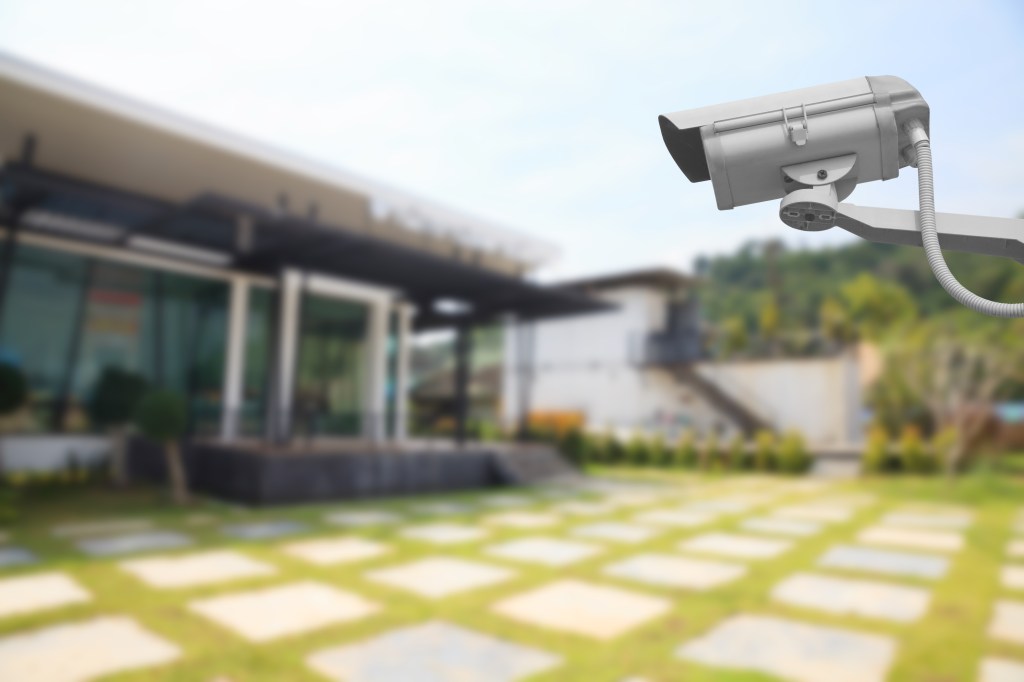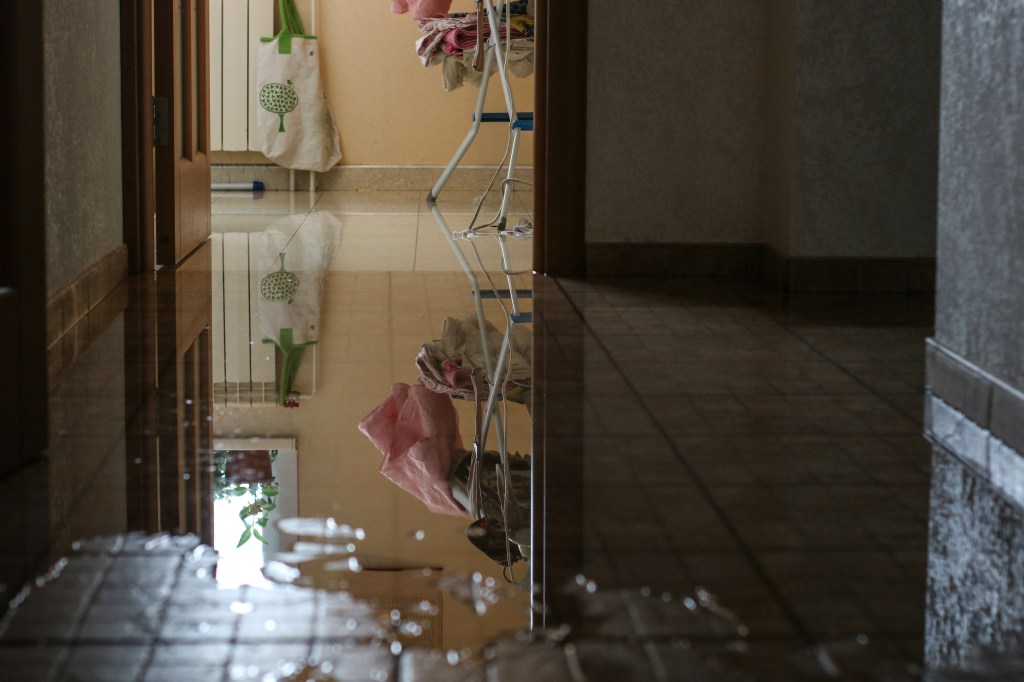Effective Strategies for Vacant Commercial Property Security Solutions

Vacant commercial properties face significant risks that can quickly escalate if left unaddressed. Even brief periods of vacancy can expose properties to vandalism, theft, or environmental damage, potentially compromising their value and safety. Proactively addressing these vulnerabilities through security and maintenance measures is crucial for safeguarding investments, reducing liability, and ensuring long-term preservation. Utilizing the right services can help property owners determine the most effective strategies for protecting their assets and maintaining property value.
Protecting vacant business premises is vital for maintaining their value and preventing costly or lasting issues. Short-term vacancies can expose properties to various types of financial and legal challenges, such as damages, unauthorized access, or liability concerns.
By utilizing effective security methods, implementing diverse strategies tailored to property needs, and involving a proactive manager to oversee upkeep, owners can safeguard their assets, preserve appeal, and avoid expensive repairs. Proper planning and the right approach are crucial to ensuring a temporary vacancy doesn’t turn into a prolonged problem.
Conducting Regular Building Inspections and Risk Assessments
Regular building inspections and risk assessments are the backbone of keeping any property safe and secure. Think of frequent walk-throughs as your first line of defense—they provide property owners with the tools to spot potential problems early, whether it’s a hidden water leak, an uninvited pest problem, or a lurking fire hazard.
Tackling these issues before they snowball into major headaches not only saves money but also ensures the property remains safe and well-maintained. Proactive action isn’t just smart—it’s the secret to seamless property management and long-term success!
A comprehensive risk assessment further enhances this process by helping prioritize corrective actions based on the severity and urgency of identified risks. Establishing utility shutdown protocols within these efforts ensures additional protection by addressing risks associated with unused systems.
These proactive measures—including building inspections, risk assessment, and utility shutdown protocols—not only form a secure environment but also provide the resources and advantages necessary to keep the property well-maintained, compliant with safety standards, and safeguarded for both the property and its occupants.
Strategic Use of Intruder Alarms, CCTV, and Security Patrols
The strategic use of intruder alarms, CCTV monitoring systems, and security patrols, combined with appropriate training, forms a robust defense against unauthorized access to properties and helps mitigate potential threats.

These threats may include vandalism, theft, trespassing, arson, or unauthorized occupation, all of which can lead to significant financial losses and property damage. Intruder alarms act as a first line of deterrence, immediately alerting property owners and authorities to potential breaches, assisting in rapid response. CCTV monitoring provides constant surveillance to detect suspicious activities in real time, capture evidence when needed, and help identify individuals or patterns linked to criminal behavior, leveraging advanced equipment for efficiency. These measures ensure a proactive approach to approaching both anticipated and unforeseen security challenges.
Security patrols enhance these systems by offering a trained physical presence on-site, which discourages trespassing and ensures swift action during incidents. Together, these measures—including intruder alarms, video surveillance, security patrols, and proper training—create a comprehensive security framework that protects properties, minimizes risks, and supports timely intervention when needed.
Maintaining Fire Prevention Measures and Addressing Environmental Hazards
Maintaining fire prevention measures and responding to environmental hazards are essential for guarding facilities and ensuring safety. Regularly testing fire alarms, managing their maintenance, and ensuring they remain operational provides an effective service for early detection during emergencies. Clearing flammable debris and maintaining proper ventilation further reduces fire-related risks.

Beyond fire prevention, handling environmental hazards such as mold and unwanted moisture protects the property’s structural integrity and promotes occupant health. Utilizing accurate data to monitor these risks and manage mitigation efforts adds an extra layer of efficiency. Integrating cost-effective security measures into these efforts enhances overall upkeep, creating a secure, well-maintained facility while minimizing liabilities.
By incorporating fire prevention, environmental hazard management, and strategic security measures, property owners can ensure a comprehensive and reliable approach to protection.
Access Control, Temporary Boarding, and Locks for Vacant Business Premises
Access control is essential for maintaining the security of vacant business premises, particularly in city environments where crime and threats can pose significant challenges. Reinforcing doors and windows with sturdy temporary locks and boarding establishes strong physical barriers, effectively preventing unauthorized access and safeguarding the property. Temporary boarding is especially valuable in high-risk areas, offering additional protection against intrusions and potential damage.
Implementing clear security procedures, such as routine checks and system updates, adds another layer of defense to actively manage and maintain the property’s safety. Adding visible security signage further enhances these measures by discouraging loitering and deterring criminal activity, signaling that the property is actively monitored and protected.
Together, these strategies—including access control, temporary locks and boarding, security procedures, and signage—create a comprehensive framework to ensure vacant properties remain secure, well-maintained, and resilient against potential threats.
Essential Insurance and Liability Considerations

Assessing adequate insurance coverage and dealing with liability concerns are essential steps in protecting vacant properties. Conducting a thorough evaluation of your vacant property insurance policy ensures it covers different types of potential risks, such as vandalism, storm damage, or other unforeseen issues. Proper documentation, handled by the appropriate person, plays a crucial role in maintaining transparency, preventing legal complications, and ensuring there are no gaps in coverage.
Incorporating perimeter fencing enhances security by deterring trespassers and reducing the likelihood of property damage. By assessing these measures and implementing a clear evaluation process, property owners can proactively tackle vulnerabilities, protect their investments, and minimize liability risks. Taking these strategic steps provides peace of mind, knowing your property is well-protected against unexpected challenges.
Creating a Long-Term Vacant Property Strategy
Crafting an efficient long-term strategy for vacant properties is critical to preserving their safety, maintaining their value, and ensuring readiness for future occupancy. Building strong walls of protection through proactive measures, such as tailored security systems, reinforced access points, and storm damage prevention, helps overcome challenges posed by emergencies like severe weather or security threats. Neighborhood watch programs and cost-effective maintenance further fortify these efforts, reducing risks and promoting optimal property conditions.
By prioritizing these strategies, property owners can confidently securing their investments and pave the way for a smooth transition back to active use.
Sources:
https://www.integrityinsurance.com/tips/5-ways-to-maintain-temporarily-vacant-commercial-property
https://www.chubb.com/ca-en/businesses/resources/5-steps-to-protect-your-vacant-business-premises.html
https://www.oculusfm.co.uk/news/complete-guide-to-vacant-property-security/
https://www.linkedin.com/pulse/10-essential-steps-securing-vacant-commercial/
https://www.amfam.com/resources/articles/your-business/protecting-vacant-commercial-property
https://amtrustfinancial.com/blog/loss-control/how-to-protect-vacant-commercial-buildings

